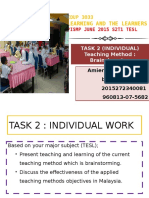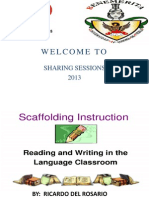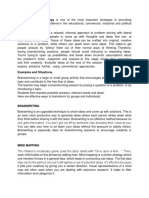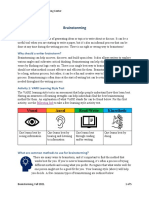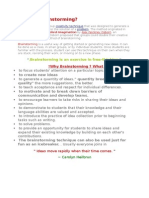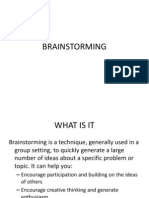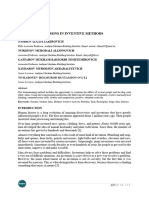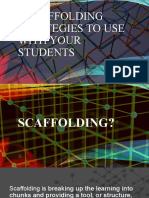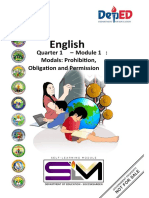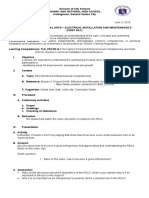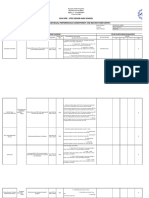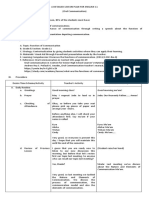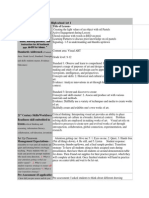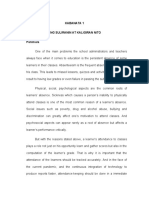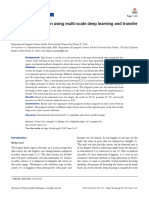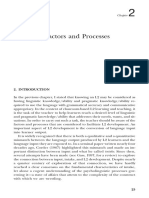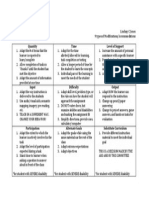0% found this document useful (0 votes)
13 views15 pagesScaffolding and Brainstorming in Learning
The document discusses scaffolding as a temporary support structure in learning that aids students in completing tasks they couldn't manage alone, helping them progress and understand concepts. It also covers brainstorming as a collaborative technique for generating ideas and how it serves as scaffolding by guiding students in organizing their thoughts. Additionally, it explains the process of creating glossaries to support learning by providing clear definitions of specialized terms.
Uploaded by
Alvan MàtánøgCopyright
© © All Rights Reserved
We take content rights seriously. If you suspect this is your content, claim it here.
Available Formats
Download as PPTX, PDF, TXT or read online on Scribd
0% found this document useful (0 votes)
13 views15 pagesScaffolding and Brainstorming in Learning
The document discusses scaffolding as a temporary support structure in learning that aids students in completing tasks they couldn't manage alone, helping them progress and understand concepts. It also covers brainstorming as a collaborative technique for generating ideas and how it serves as scaffolding by guiding students in organizing their thoughts. Additionally, it explains the process of creating glossaries to support learning by providing clear definitions of specialized terms.
Uploaded by
Alvan MàtánøgCopyright
© © All Rights Reserved
We take content rights seriously. If you suspect this is your content, claim it here.
Available Formats
Download as PPTX, PDF, TXT or read online on Scribd
/ 15














